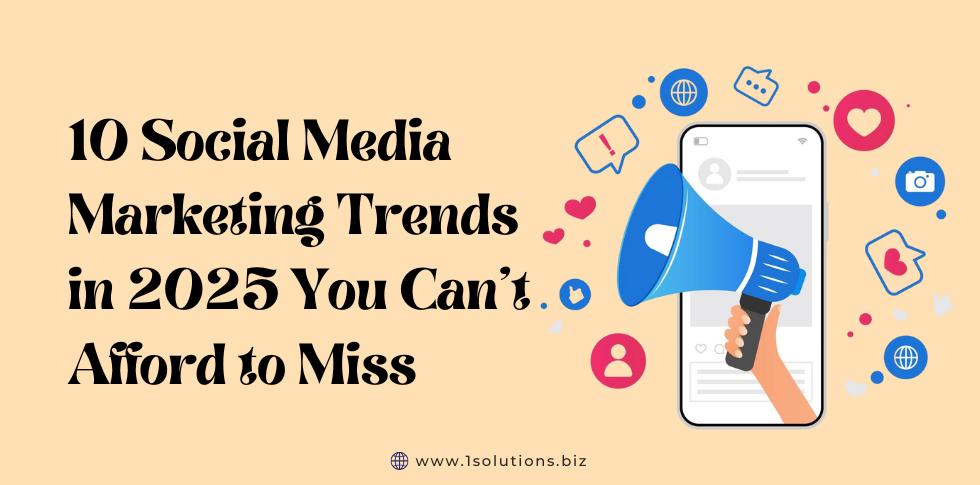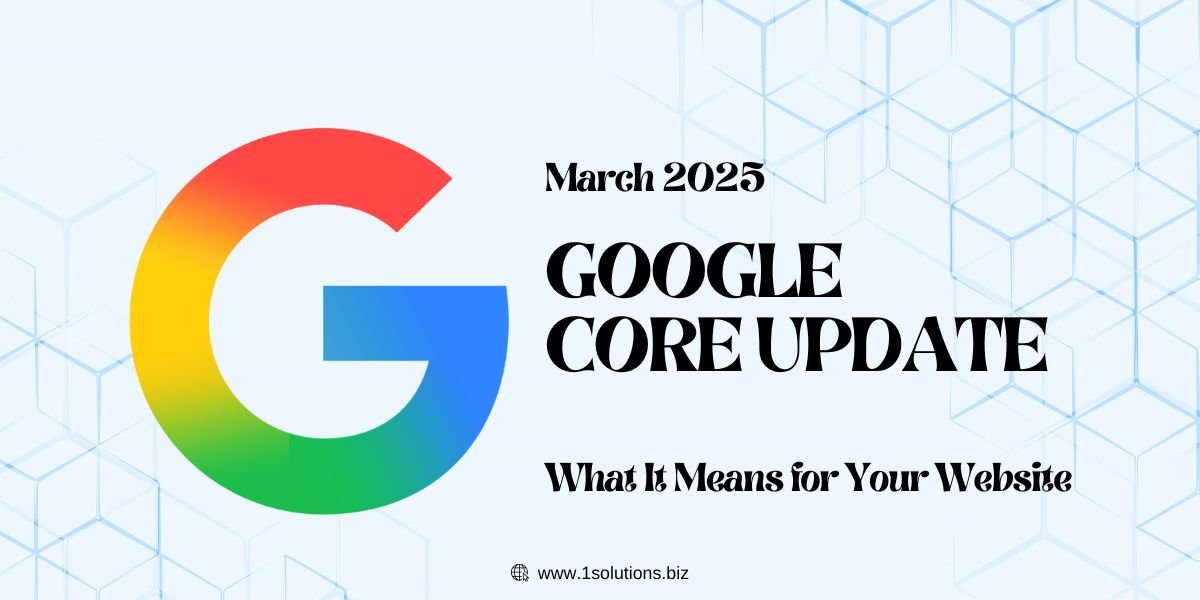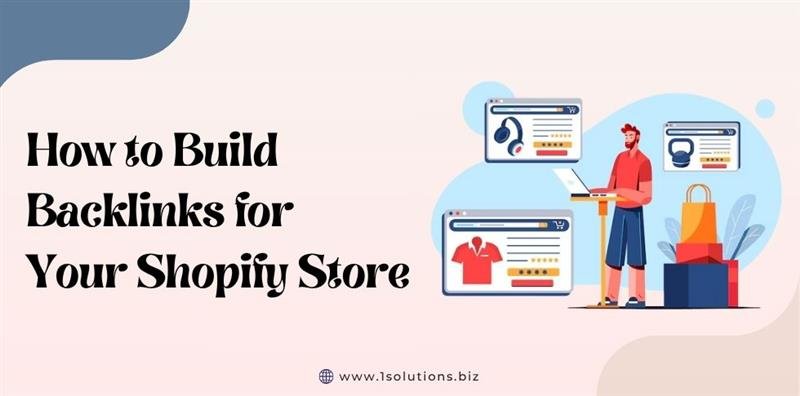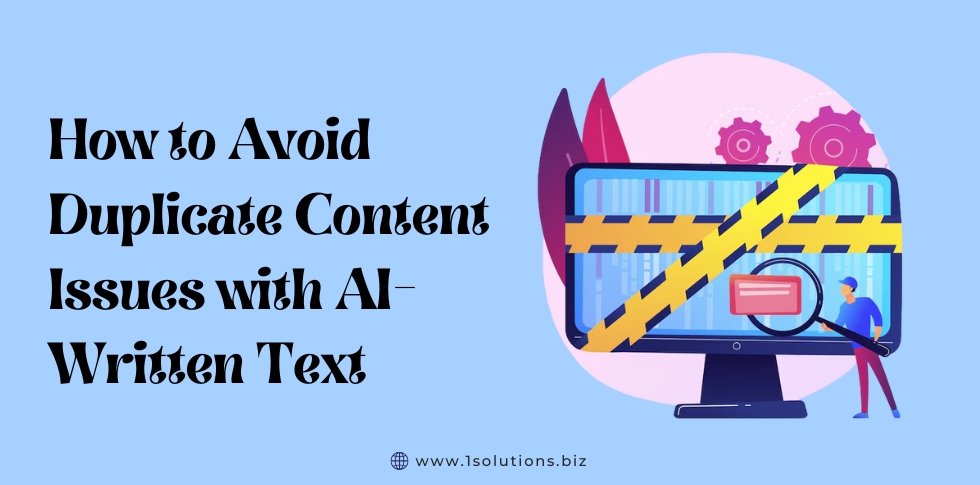Social media in 2025 looks very different from even a year ago—staying ahead now requires a fresh perspective, smart planning, and a clear understanding of what’s driving change.
As Businesses, Entrepreneurs, Startups, and SMEs set sail toward growth—driving sales, building awareness, growing followers, and generating leads—understanding emerging social media marketing trends is crucial.
According to Social Media Today’s infographic on 2025 trends, platforms are evolving at breakneck speed, and consumer behaviors are shifting in response to new technologies and cultural dynamics. Just as a traveler researches destinations and packs essentials, brands must prepare their strategies, tools, and content for the coming year’s terrain.
In this post, we outline 10 explosive social media marketing trends for 2025 ensuring you have everything needed to navigate and conquer the social media frontier in 2025.
Trend 1: Short-Form Video Remains King
Overview & Why It Matters: Short-form video has dominated social feeds for years, and 2025 will see it become even more immersive and interactive. Platforms like TikTok, Instagram Reels, and YouTube Shorts continue to refine editing tools, interactive stickers, and shoppable features.
Audiences now expect snappy, authentic content that invites participation rather than passive consumption. Brands posting less but smarter see higher engagement rates—Sprout Social reports that posting frequency has decreased while engagement per post has increased on several platforms. Just as travelers prefer bite-sized destination highlights, users crave concise, visually engaging experiences.
Short-form video features like AR filters, polls, and direct shopping links are priority investments for platforms.. For example, a D2C fashion brand might create a 15-second Reel showcasing a new collection with a “tap to shop” sticker, inviting immediate action. Another case: a SaaS startup shares a quick “tip of the day” video demonstrating a product feature, driving website clicks.
Tips-
- Invest in mobile-friendly video creation tools: Use platforms like InShot or CapCut for on-the-go editing.
- Leverage interactive elements: Add polls, quizzes, and AR overlays in Reels/Stories to boost time spent and feedback loops.
- Integrate shoppable features: Tag products or services directly in short videos; consider hiring professional social media marketing services to set up and optimize social commerce funnels.
- Batch-produce content: Plan a “video shoot day” to generate multiple short clips; then schedule releases for consistent presence without daily production strain.
Trend 2: Ephemeral & Interactive Formats
Overview & Why It Matters: Ephemeral content—Stories, Fleets (or equivalent)—and interactive formats (polls, quizzes, live Q&A) heighten urgency and foster deeper engagement.
In 2025, audiences expect brands to use these fleeting moments creatively, akin to limited-time travel offers that spark excitement. This “FOMO” (fear of missing out) can drive real-time interaction, community building, and authentic conversations.
Instagram Stories now allow interactive AR effects; LinkedIn experiments with short-lived polls; Twitter/X may reintroduce ephemeral features geared toward live text/audio interactions.
For instance, a consultancy might host a 24-hour “Ask Me Anything” story series addressing business owners’ pain points, generating direct inquiries. A travel brand could run a limited-time quiz in Stories to recommend top destinations for the year, collecting audience data for follow-up campaigns.
Tips:
- Schedule regular “ephemeral sessions”: Plan weekly Stories/Q&A slots addressing FAQs or showcasing behind-the-scenes processes. .
- Create interactive quizzes or polls: Use tools within platforms (e.g., Instagram poll stickers) to solicit feedback or preferences, then repurpose results into longer-form content (blog posts, reports) interlinked on your site via content marketing services.
- Leverage countdown stickers: Tease upcoming product launches or webinars, building anticipation and RSVPs. .
- Experiment with AR/VR mini-experiences: If relevant, pilot simple AR filters or immersive Stories navigations.
Must read- 7 Visual Social Media Tips For Your Small Business
Trend 3: Long-Form Storytelling in Mini-Series
Overview & Why It Matters: While short-form prevails, there’s growing appetite for serialized, mini-series content—multi-part posts or videos that tell a story over days or weeks. This approach keeps audiences returning, forging deeper connections. Think of it like a travel vlog series where each episode uncovers a new facet of a destination.
Brands on LinkedIn or Instagram Carousel posts may publish “Week 1 of 4: How We Built Our MVP,” then follow up with lessons, challenges, and user testimonials. According to recent platform reports, carousel posts with sequential storytelling see higher save rates, indicating deep engagement. A fintech startup could run a “5-part series on budgeting hacks,” each delivered via short video or carousel, culminating in a downloadable guide.
Tips-
- Plan content arcs: Outline multi-part series around themes (e.g., “Month-long challenge,” “Behind-the-scenes journey”). Use your editorial calendar to schedule and promote each installment.
- Use platform features: On LinkedIn, leverage document posts/carousels; on Instagram, combine Reels with Carousel posts; on YouTube, use playlists for episodic content.
- Include clear CTAs: Encourage “Follow for Part 2” or “Swipe to continue,” driving sustained engagement. Link to in-depth resources on your site.
- Repurpose aggregated content: After series completion, compile into an eBook or guide as a lead magnet.
Trend 4: AI-Driven Personalization & Automation
Overview & Why It Matters: AI-powered tools for personalization and automation empower brands to deliver hyper-relevant content at scale. From AI-curated feed recommendations to dynamic ad creatives tailored to individual preferences, the era of one-size-fits-all messaging is waning. As travelers appreciate personalized itineraries, consumers expect bespoke social experiences.
According to industry analyses, over 70% of marketers plan to increase investment in AI-driven content personalization in 2025. Tools like chatbots, dynamic ad platforms, and AI copy generators enable segmentation beyond demographics—leveraging behavior, past interactions, and predictive modeling.
For example, an e-commerce brand might serve different ad creatives based on browsing history, with headlines and visuals dynamically generated via AI. Or a B2B firm automates personalized LinkedIn InMail sequences using AI insights on prospect interests.
Tips:
- Adopt AI content tools: Use platforms like Anyword or ChatGPT-based systems to generate personalized copy variations.
- Implement chatbots for social engagement: Deploy AI chat assistants on Facebook Messenger or website widgets to answer FAQs in real time.
- Leverage dynamic ads: Configure dynamic ad feeds (e.g., in Facebook/Meta Ads Manager) that pull product data and AI-generated captions to serve tailored creatives.
- Use predictive analytics: Create analytics dashboards to track engagement patterns, feeding data back into AI models for continuous optimization of content and ad strategies.
Trend 5: Social Commerce Maturation
Overview & Why It Matters: Social commerce moves beyond “tag to shop” to fully integrated in-app purchase experiences, reducing friction between discovery and conversion. Much like booking flights directly within a travel app, users expect to complete purchases without leaving the social platform.
Reports indicate social commerce sales will surge in 2025, with platforms enhancing checkout features, live shopping events, and AR try-on integrations. For instance, Instagram/Meta Shops may allow checkout via integrated payment systems; TikTok Live Shopping enables real-time product demonstrations with instant buy links.
A fashion label could host a live-streamed styling session where viewers tap products to purchase immediately, boosting impulse buys.
Tips:
- Set up platform shops: Configure Instagram/Facebook Shops or TikTok shopping, ensuring product catalogs sync seamlessly.
- Plan live shopping events: Develop interactive livestreams with hosts or influencers.
- Leverage AR try-on: If relevant (e.g., fashion, beauty, home décor), integrate AR experiences.
- Optimize product content: Craft engaging descriptions and visuals optimized for social feeds.
Trend 6: Advanced Analytics & ROI Attribution
Overview & Why It Matters: With marketing budgets under scrutiny, brands must demonstrate ROI from social efforts. Advanced analytics tools and multi-touch attribution models help trace the customer journey across touchpoints. Like a traveler reviewing GPS history to improve future routes, marketers analyze data to refine strategies, budget allocation, and content mix.
By 2025, integration of CRM, social platform analytics, and web analytics in unified dashboards is standard practice.
For example, a SaaS company tracks how LinkedIn posts influence webinar sign-ups, which then convert to trials and subscriptions; mapping this path guides spend decisions. Similarly, e-commerce brands correlate Instagram engagement spikes with sales lifts, informing content scheduling.
Tips:
- Implement unified dashboards: Integrate Google Analytics, Meta Insights, LinkedIn Analytics, and CRM data into a single view for holistic insights.
- Adopt multi-touch attribution: Set up models that credit social interactions appropriately along the funnel.
- Use cohort analysis: Identify audience segments based on behavior (e.g., first-time engagers vs. repeat purchasers); tailor social campaigns accordingly.
- Regularly review and iterate: Schedule monthly “data check-ins” to adjust content types, posting times, and ad budgets.
Must Read: Top Free Social Media Analytics Tools
Trend 7: Micro-Communities & Niche Groups
Overview & Why It Matters: Rather than broadcasting broadly, brands in 2025 will gravitate toward micro-communities—niche groups on platforms (e.g., private Facebook Groups, LinkedIn Communities, Discord servers) where like-minded individuals gather. These intimate spaces foster loyalty and higher engagement, akin to boutique travel experiences designed for specific interests.
Studies show engagement rates in smaller groups often exceed those on public pages.
For example, a B2B software provider might launch a private LinkedIn group for product users, offering exclusive tips and early feature previews. A wellness brand could host a dedicated community on Discord for enthusiasts to share routines, feedback, and co-create content.
Tips:
- Identify relevant platforms: Choose where your audience naturally congregates (LinkedIn for professionals; Discord/Slack for tech communities; Facebook Groups for broader interests).
- Offer exclusive value: Provide early access to content, Q&A sessions, or special offers within groups to incentivize participation.
- Encourage user-generated content: Prompt members to share experiences, testimonials, or tips; repurpose high-quality UGC into broader social campaigns with permission, crediting contributors.
- Measure community health: Track metrics like active members, post frequency, sentiment. Set up dashboards that gauge community engagement and ROI.
Trend 8: Authentic Influencer Collaborations
Overview & Why It Matters: Influencer marketing matures toward authenticity and long-term partnerships. In 2025, brands prioritize micro- and nano-influencers with genuine niche followings over broad-reach celebrities. Authenticity, transparency, and clear alignment with brand values drive engagement and trust—similar to choosing a local guide with deep knowledge over a generic tour package.
Data indicates micro-influencers often deliver higher engagement rates and better ROI per dollar spent. A health food brand may partner with micro-influencers who share authentic stories of using products in daily routines, rather than flashy macro campaigns.
Long-term ambassadorships allow deeper storytelling: a fintech app might engage a finance micro-influencer for a series of educational posts, building credibility.
Tips:
- Focus on alignment: Identify influencers whose audience and values align closely with your brand, ensuring authenticity.
- Negotiate long-term partnerships: Structure campaigns as multi-phase collaborations (e.g., teaser, launch, follow-up reviews) for sustained impact rather than one-off posts.
- Co-create content: Involve influencers in product development feedback or campaign ideation, fostering genuine endorsement.
- Measure engagement quality: Track meaningful metrics—time spent on content, comment sentiment, referral traffic and conversions—over simple like counts.
Trend 9: Social Customer Service & Real-Time Support
Overview & Why It Matters: In 2025, responsive, empathetic social customer service becomes non-negotiable. Audiences expect brands to address queries, complaints, and feedback directly via social channels with quick response times. Delivering real-time support creates trust, much like a reliable travel concierge ensuring a smooth trip.
Surveys show a majority of consumers expect responses on social within hours; delays harm brand perception.
For instance, an airline might use Twitter/X for instant updates on delays and proactive solutions, while an e-commerce retailer offers order support via Instagram DMs or Facebook Messenger chatbots. AI-driven tools help scale responsiveness, but human oversight ensures empathy and accuracy.
Tips:
- Set up social support channels: Clearly communicate where audiences can reach out (e.g., “DM us on Instagram for support”).
- Deploy AI-assisted chatbots: Use chatbots for common queries (order status, FAQs), with seamless escalation to human agents for complex issues.
- Monitor sentiment and mentions: Use social listening tools to catch brand mentions and emerging issues.
- Train support teams: Develop guidelines for empathetic, brand-aligned responses.
Trend 10: Purpose-Driven & Transparent Communication
Overview & Why It Matters: As consumers increasingly value brand authenticity and ethics, social media in 2025 demands transparent, purpose-driven messaging. Brands that communicate values, sustainability efforts, and social impact authentically build deeper connections—akin to choosing eco-friendly travel experiences that respect local communities.
Studies reveal that 70%+ of consumers expect brands to take stands on social issues and demonstrate real impact, not performative gestures.
For example, a cosmetics brand might share behind-the-scenes posts about sustainable sourcing practices, with data on reduced carbon footprint. A B2B firm could publish case studies on diversity initiatives, aligned with genuine company policies.
Must read- Call To Action Tips For Your Social Media Content
Conclusion
Your expedition into 2025’s social media marketing frontier demands a clear itinerary, the right tools, and an experienced guide.
From short-form video and ephemeral interactions to AI-driven personalization and purpose-driven transparency, these 10 explosive trends form the “three pillars” of content evolution, technology & data, and community & engagement.
By preparing now—batch-producing interactive videos, implementing AI personalization, cultivating micro-communities, and aligning communications with genuine purpose—you position your brand for growth: driving sales, building awareness, growing followers, and generating leads.
Ready to chart your brand’s path through 2025’s social media landscape?
Partner with 1Solutions to craft data-driven strategies, produce compelling content, integrate social commerce, and set up advanced analytics dashboards every step of the way.
Let’s embark on this journey together and ensure your brand reaches new heights in 2025 and beyond.

















